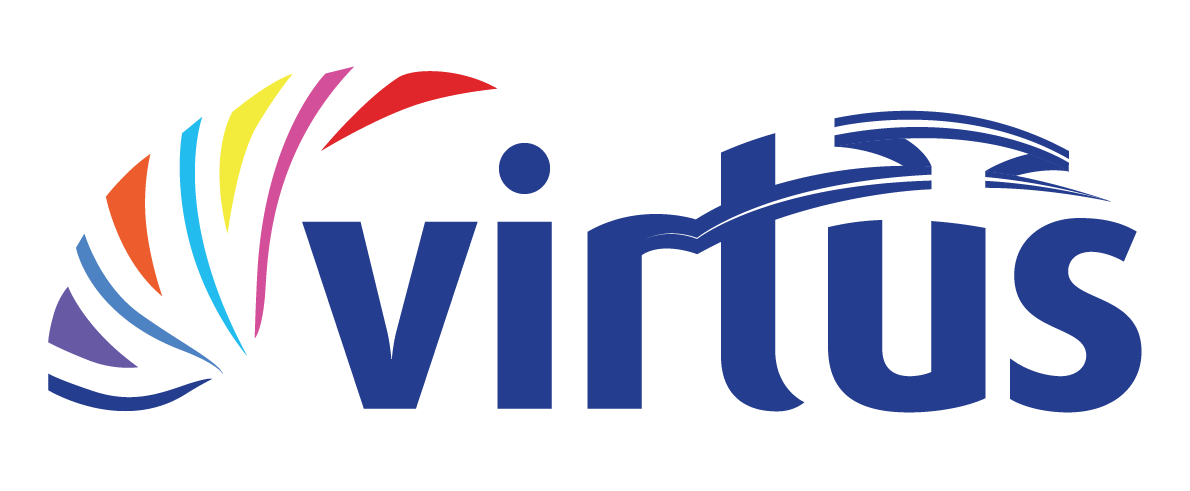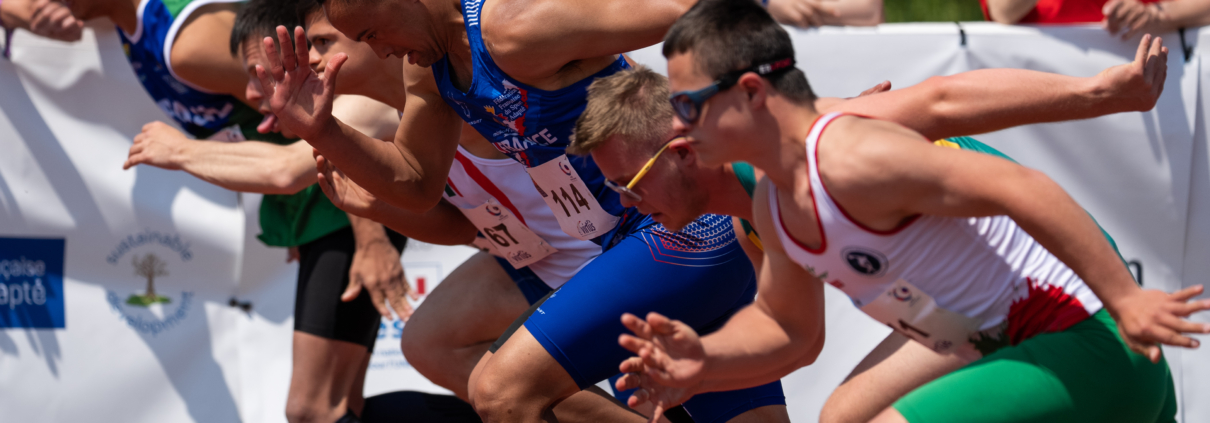Research Reveals Key Differences in Race Pacing Among Elite Athletes with Intellectual Impairments and Down Syndrome
A new study has provided fresh insights into how elite track athletes with intellectual impairments (II) and with/without additional significant impairment, such as Down syndrome (DS), pace themselves during competitive races. The research focused on performance during the 2023 Virtus Global Games, analysing pacing strategies in the 400-metre and 1,500-metre track events.
This study is an important first step to establish the credibility of the sport classification system for II2-athletes, leading to fairer competition. It also contributes to a broader understanding of performance patterns in Para sports, offering valuable insights that can inform inclusive coaching methods and event design.
The research was conducted by Pieter Boer from Cape Peninsula University of Technology, Cape Town, South Africa, Jan Burns MBE from Canterbury Christ Church University, Canterbury, United Kingdom and Virtus Eligibility Head, United Kingdom, along with Debbie Van Biesen from KU Leuven, Belgium and Virtus Academy Manager.
Purpose and Approach
The goal of the study was to compare the pacing profiles of elite athletes with II (without DS) and those with DS. A total of 67 athletes participated in the final 400-m and 1,500-m events, competing in their respective classification groups.
- 400-m event: Male and female athletes from both II and DS classes were included.
- 1,500-m event: Only male athletes were assessed.
Race pacing was measured by segmenting race times and comparing running velocity across different phases of each event.
Key Findings
400-metre event:
- Athletes with II (without DS) demonstrated a steeper decline in speed over the race, particularly compared to those with DS.
1,500-metre event:
- Athletes with Down syndrome experienced a greater drop in running velocity over time, along with more pronounced fluctuations throughout the race.
- In contrast, runners with II (without DS) showed more consistent pacing and better regulation of intensity over the full distance.
This research demonstrates that elite athletes with Down syndrome face distinct physiological and pacing challenges compared to their peers with other intellectual impairments. These differences underline the importance of tailored training, coaching, and classification systems that consider the unique needs and capabilities of different athlete groups.
By understanding these pacing profiles, coaches, sport scientists can better support the development of evidence-based training methods, as well as advocate for fair and appropriate competition opportunities.
As Virtus continues to promote high-performance sport for athletes with intellectual impairments—including those with Down syndrome—this research plays a pivotal role in advancing inclusive sport science.
Visit https://doi.org/10.1123/apaq.2024-0181 to read the full paper. A copy of the paper is also available upon request – simply send an email to Academy@virtus.sport
Explore the Virtus Research Hub and stay updated on new findings that drive better understanding, coaching, and performance support for athletes with intellectual impairments.



